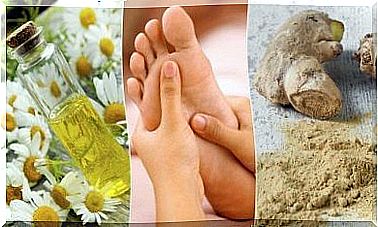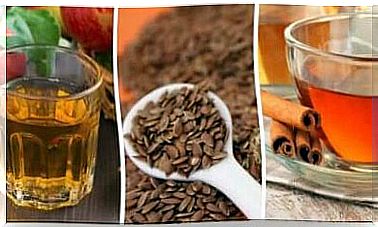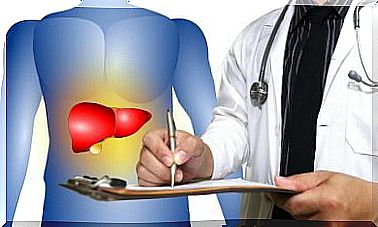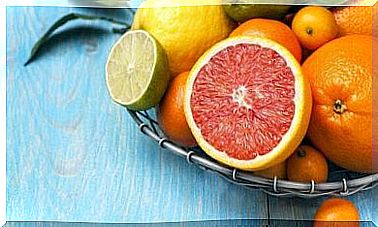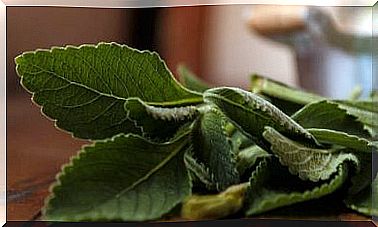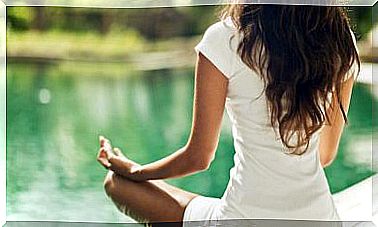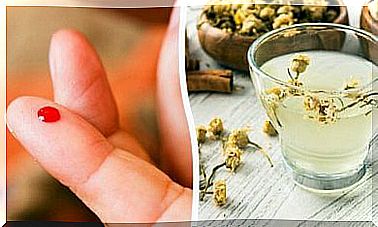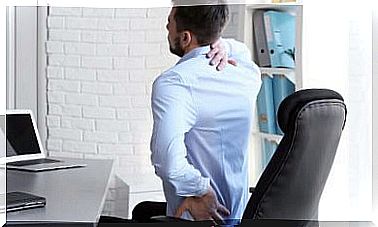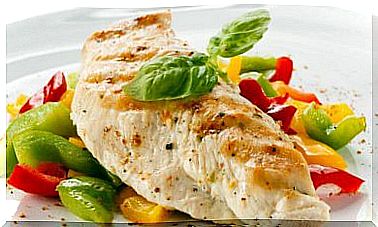10 Remedies For Saying Goodbye To Corns And Blisters
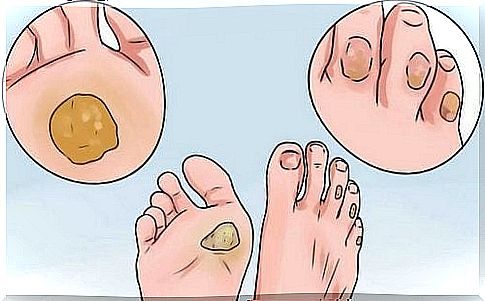
One of the parts of your body that you most certainly use is your feet. That’s why they tend to receive a lot of tension, weight and impact force. Over time, and without proper care, it is not uncommon to find calluses and blisters that cause severe pain and discomfort.
Read on and discover their differences and remedies to treat them.
Differences between corns and blisters

Corns and blisters can develop for very similar reasons, commonly from excessive friction or pressure on one part of the foot. This makes the skin hard and unsightly.
What many ignore is that, however similarly generated, they are not the same thing.
Blisters can appear on any unexpected part of the foot, between the toes or on the instep, and are painful when touched.
Calluses are usually larger and appear on the sole of the foot and palm of the hand, and are not painful.
In both cases there are traditional remedies that can be used to get rid of the problem. However, if you prefer something more natural, this is what you are looking for.
Lemon
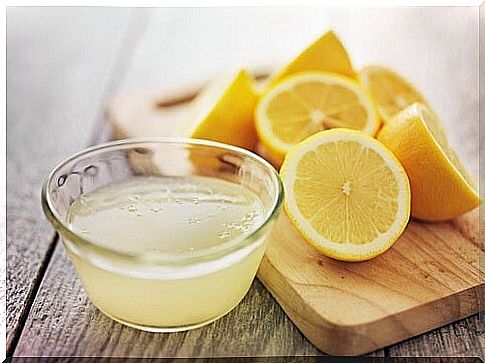
When you have a painful blister, most of the pain comes from the center of the wound, which is constantly being pressed, so inflammation increases.
Thanks to their large amount of antioxidants and calming agents, lemons can soothe hardened skin so that they can make the hard skin center fall out and soothe the pain.
Castor oil
If your corns and blisters are really hard, this could be one of the best solutions for you.
This remedy is used for many skin conditions and is very effective in soothing corns and blisters when mixed with warm soapy water.
Running a pumice stone through the callus after soaking it in this mixture can be a quick and painless option for reducing it.
Onion
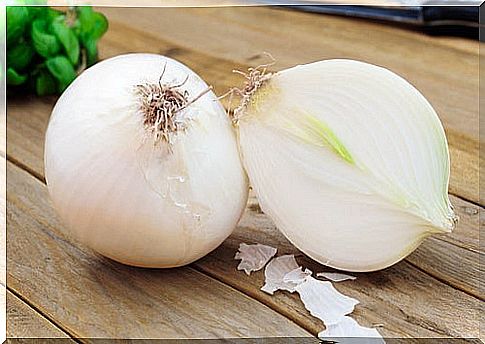
Onions are rich in nutrients and potent acids that can neutralize infections and boost your immune system.
What’s more, onion juice also softens the hardened skin of calluses and blisters, so it manages to make dead skin peel off.
You just need to apply the onion directly to the affected area and cover it with a bandage for 1 or 2 days so that it penetrates well and the dead skin gives way.
Sodium bicarbonate
This remedy, which is within everyone’s reach, is good for exfoliating the skin and keeping it healthy and oxygenated so that it is protected.
You can soak your feet in baking soda dissolved in warm water to soften calluses and blisters.
Once dead skin comes off, bicarbonate provides new protection against fungal infections and bacteria.
Garlic

It is one of the best antioxidant substances out there. Garlic remains a very important resource, both for gastronomy and for health.
Garlic’s powerful acids and compounds, particularly allicin, help improve foot health and eliminate inflammation.
On the other hand, it is also a great natural antibacterial that will protect your feet and toes from future infections.
Massage
When you massage any part of your body, the flow of blood circulation in that area increases.
Oxygenated blood can help eliminate dead cells by causing new cells to be “pushed” to the surface.
Massage can also soothe the hardened skin that covers the calluses and blisters, making them easier to get rid of.
Papaya
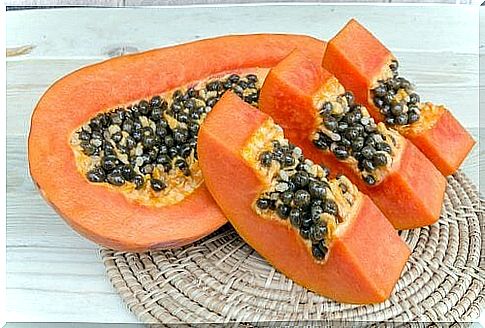
This is an amazing fruit that can offer all sorts of health benefits, so consuming it regularly is a great idea.
Also, applying it topically on the skin of calluses and blisters is also very helpful.
Simply extract the juice from the papaya and gently massage it into the affected area to help make the dead skin fall off thanks to its astringent properties.
In this way it is possible to accelerate the healing process.
Aspirin
Most people associate aspirin with headaches, but this medicine also helps to reduce blood pressure effectively because it is an anticoagulant.
This encourages blood flow to the hands and feet, where corns and blisters are most common.
Using aspirin in moderation helps to develop new skin cells, and to get the layers of dead skin to fall off.
Epsom salts
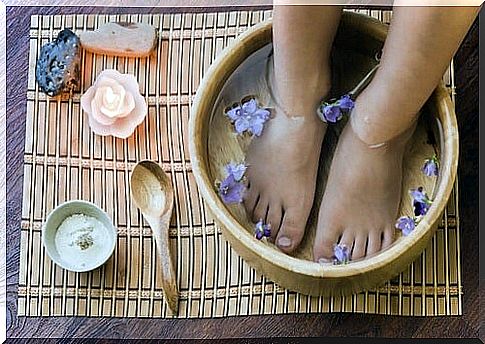
This is not one of the quickest remedies, but it is one of the most effective.
Adding Epsom salts to a hot water bath and soaking the calluses for 10 or 15 minutes will help smooth out hardened skin and make it much easier to remove.
This is due to the mixture of minerals and organic compounds that these salts contain.
Be careful not to go too deep when removing it, as you can expose your new skin to infections and other complications.
Vitamin E
Vitamin E antioxidants are your best bet when it comes to skin care. Vitamin E capsules are an easy way to take it.
This helps improve your skin’s health and removes dead skin naturally, not only on the corns, but all over your body.
Some foods rich in vitamin E are as follows:
- Sunflower seeds
- Hazelnut
- Broccoli
- Pumpkin
